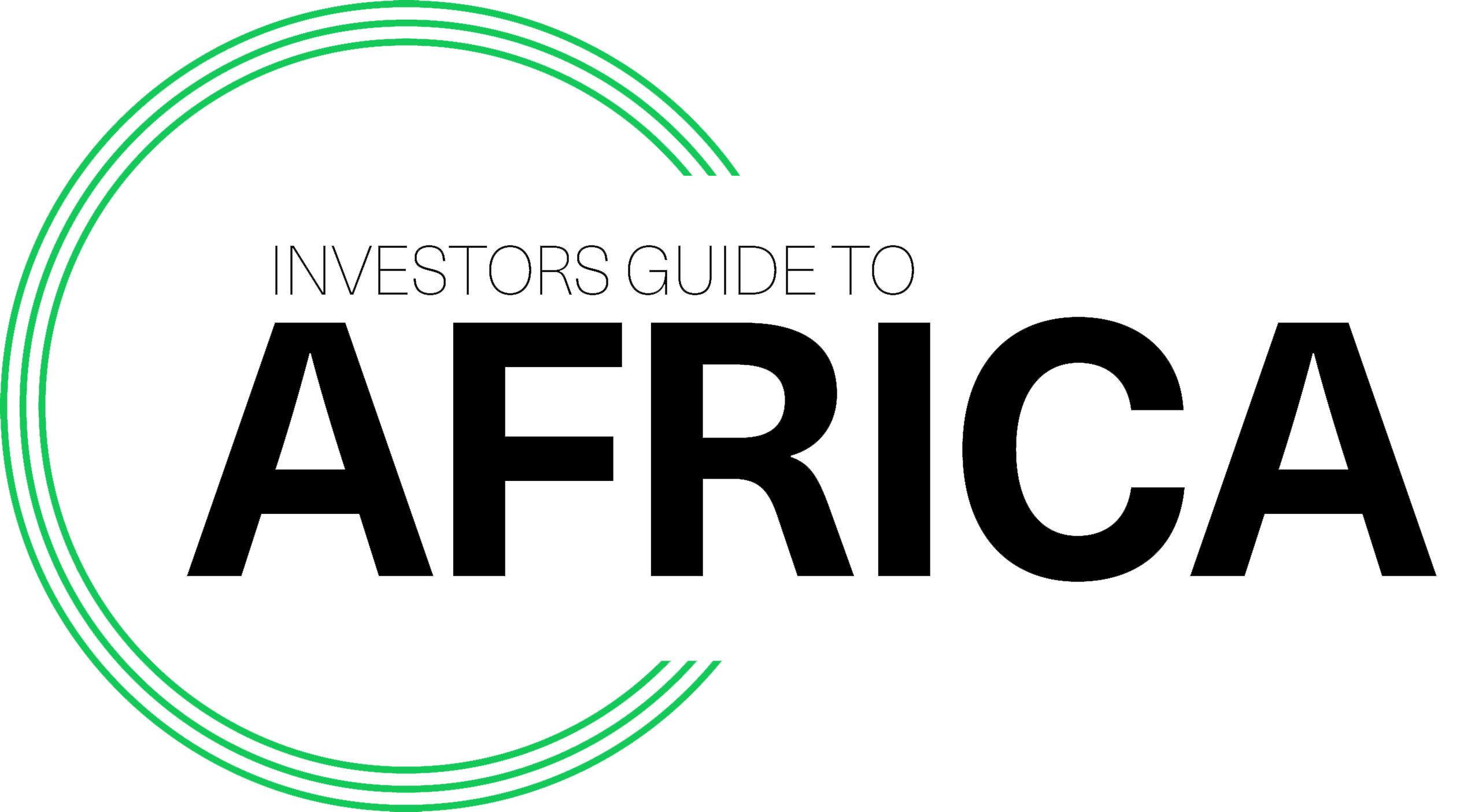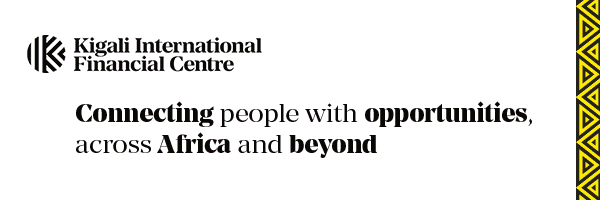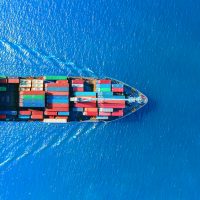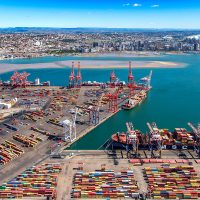Amidst challenges and opportunities, faith stands out as a cornerstone of success in the diverse African business landscape. Beyond mere religious belief, faith in oneself, in the vision, and in a higher power plays a pivotal role in navigating the complexities of entrepreneurship in Africa. Of multifaceted importance, faith fosters resilience, perseverance, and innovation, ultimately driving business success across the continent.
Finance
Navigating African Trade Finance
We are privileged to interview Dr.Graham Bright JP, Head of Compliance and Operation at Euro Exim Bank, a financial institution with global ambitions in trade finance. Euro Exim Bank has set its sights on the African market, a region rich in potential but also marked by unique challenges. We will delve into the inspiration behind Euro Exim Bank’s African expansion, its strategies to adapt to the diverse African market dynamics, and its approach to mitigating risks in African Trade Finance. The African financial landscape is competitive, and Euro Exim Bank aims to differentiate itself…
Durban, South Africa: A Thriving Hub for Business Relocation and Investment
In the fast-paced world of global business, location is a pivotal factor that can make or break a company’s success. Durban, a coastal gem in South Africa, is rapidly emerging as an enticing destination for business relocation and investment. With its burgeoning business sectors, strategic location, and a dynamic workforce, Durban offers an irresistible cocktail of opportunity and growth potential for companies seeking to expand their horizons. This editorial explores the thriving business sectors, advantages of this coastal metropolis, and successful case studies of companies that have made the smart move to Durban in the last two years. The Rising…
La vision du Rwanda
Investors Guide to Africa s’entretient avec Nick Barigye, directeur général de Rwanda Finance Limited (RFL), l’agence chargée de développer et de promouvoir le Centre financier international de Kigali (KIFC) et de positionner le Rwanda comme une juridiction financière privilégiée pour les investissements en Afrique. IGTA : La vision du Centre financier international de Kigali est de catalyser le développement socio-économique du Rwanda en libérant des capitaux. Dans quelle mesure cette vision est-elle en train de se réaliser ? Nick Barigye : Notre Vision 2050 définit le plan stratégique à long terme pour que le…
Rwanda’s Vision
Investors Guide to Africa speaks to Nick Barigye, Chief Executive Officer of Rwanda Finance Limited (RFL), the agency responsible for developing and promoting Kigali International Financial Centre (KIFC) and positioning Rwanda as a preferred financial jurisdiction for investments into Africa. IGTA: The vision is for Kigali International Financial Centre to catalyse Rwanda’s socio-economic development by unlocking capital. To what extent is this vision being realised? Nick Barigye: Our Vision 2050sets the long-term strategic plan for the country to become an upper middle-income country by 2035 and a high-income country by 2050. To achieve this, we need to…
BUSINESS ACROSS BORDERS
Nations are almost always better off when they buy and sell from one another. For businesses, globalisation can open up a world of opportunities. Access to the global economy provides new markets, new trade, new routes to consumers and new revenue streams, and nations with fundamental economic, social, political and cultural advantages. Trade and cybersecurity are increasingly intertwined. Digital trade is crucial for almost every company, but it also introduces new complications. When products or services that contain a computer or can be connected to the internet – cross borders, cybersecurity risks emerge. And for today’s CISOs, managing cyber risk…
Africa FDI Set To Recharge
Investors often associate Africa with high levels of risk, but the continent can also generate the best returns. In 2021, FDI into the continent rebounded sharply after an acute decline in 2020 due to the pandemic, but inflows weakened again in 2022 amid a deteriorating global economic environment and security situation. This year however looks set to mark another upturn. An important positive is the African Continental Free Trade Area (AfCFTA), the largest new free trade area since the establishment of the WTO in 1994. It promises to increase intra-African trade via deeper levels of trade liberalisation and improved regulatory…
Kenya and the World Bank Group Provide a $390 Million Boost the Digital Economy
The World Bank Group Board of Directors approved $390 million in financing for the first phase of a program that aims to expand access to high-speed internet, improve the quality and delivery of education and selected government services, and build skills for the regional digital economy. The Kenya Digital Economy Acceleration Project will use a multi-phase programmatic approach (MPA) with two phases where phase one will run from 2023-2028, focusing on expanding access to high-speed internet, improving the quality and delivery of education and selected government services, and building skills for the regional digital economy, and phase two will run…









